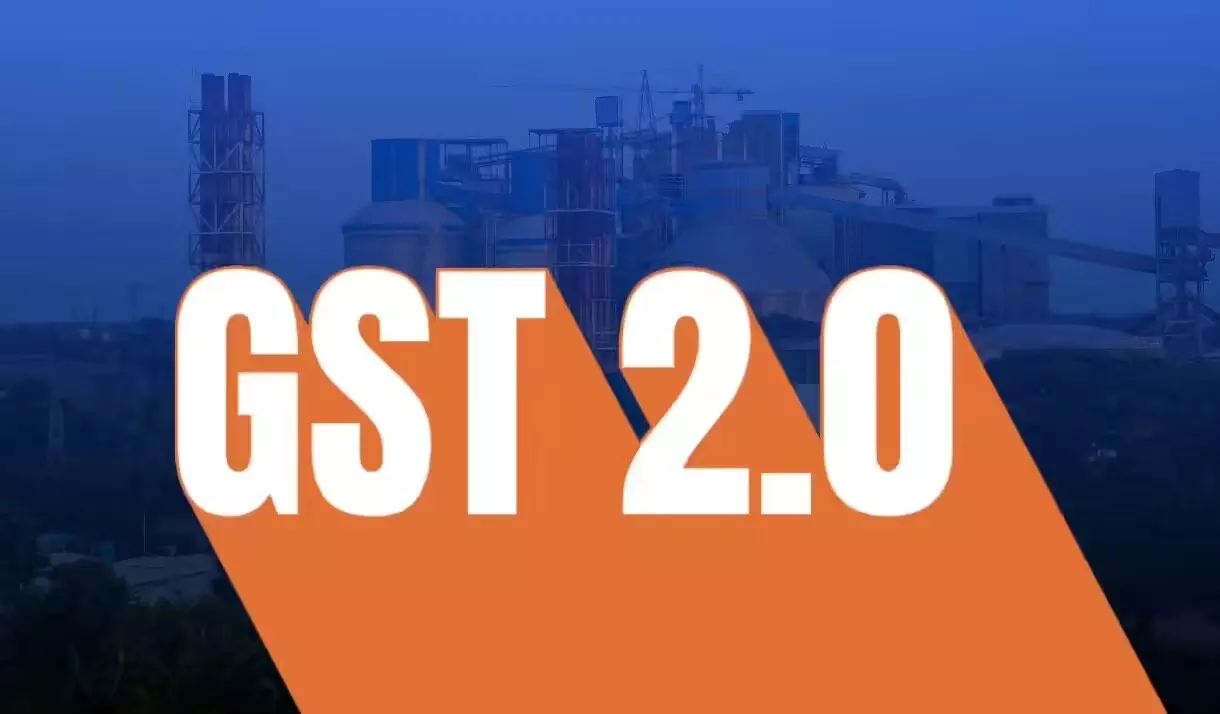From Autos to Aata: GST benefits bypass essentials, hit roadblock at retail
The survey, conducted by LocalCircles, received over 78,000 responses from 27,000 consumers across 332 districts of India
By - Newsmeter Network |Published on : 3 Oct 2025 4:51 PM IST

Representational Image
Hyderabad: A week after the revised Goods and Services Tax (GST) rates under GST 2.0 came into effect, a nationwide consumer survey shows that the rate cuts are not translating into lower prices for many essential and packaged goods.
The findings suggest that while automobile buyers have largely received the benefits, most consumers purchasing everyday items like food products and medicines are still paying old prices.
The survey, conducted by LocalCircles, received over 78,000 responses from 27,000 consumers across 332 districts of India. It aimed to assess how effectively retailers and online platforms have passed on the GST rate reduction benefits in the first week.
Key Findings from the Survey
Packaged Foods: Only 1 in 10 See Full Benefit
The GST rate on packaged food products was reduced from 18% to 5%. Yet, when asked if they paid less during purchases made online or offline:
• 10% of respondents said the “full benefit of lower tax was passed.”
• 21% said they received a “partial benefit.”
• 47% reported “no benefit.”
• 21% did not give a clear answer.
To sum up, only one in ten consumers confirmed receiving the full benefit, while two in ten said they received partial benefit.
Medicines: Minimal Impact at Retail Level
Medicines also saw their GST rate reduced (from 18% or 12% down to 5%). But the survey shows limited impact for buyers:
• 10% said the “full benefit was passed.”
• 24% said a “partial benefit” was passed.
• 62% said “no benefit was passed.”
• 4% gave no clear answer.
Thus, as in the case of packaged food, only one in ten consumers confirmed a full benefit, with two in ten reporting partial relief.
White Goods and Electronics: Mixed Response
For high-value goods such as televisions, refrigerators, and air conditioners, the GST rate was reduced from 28% to 18%. Of those who made such purchases:
• 34% said the “full benefit” was passed.
• 33% said they received a “partial benefit.”
• 33% said they got “no benefit.”
This shows a split response: three in ten confirmed receiving the full benefit, while another three in ten got partial relief.
Automobiles: Benefits Reached Buyers
The clearest positive impact of GST 2.0 was in the automobile sector, where rates were reduced by 10% across most categories, including two-wheelers and small cars. Among those surveyed:
• 76% confirmed receiving the “full benefit.”
• 24% confirmed receiving “partial benefit.”
In total, seven in ten vehicle buyers received full GST benefits, while two in ten saw partial benefits.
Why Consumers Aren’t Seeing Lower Prices
While the government has lowered GST rates to encourage spending, both online and offline retailers have yet to fully implement the changes. According to the survey, many stores continue to sell goods at pre-revised Maximum Retail Prices (MRPs).
Consumers reported that:
• Tata’s Big Basket charged higher-than-revised MRPs on multiple Amul products.
• Blinkit was selling Bisleri water at ₹144 instead of the revised MRP of ₹132.
• Patanjali toothpaste was still listed at old MRPs on Big Basket, Tata 1mg, and Amazon, despite the company reducing prices.
• Fashion platforms like Myntra and Ajio were also reported to have not passed on the benefits of GST cuts.
Retailers have reportedly told customers that they are waiting for new stock with updated MRPs or fresh directives from distributors and brands. Many small shopkeepers say they cannot offer discounts on existing inventory without support from manufacturers or distributors.
Supply Chain Challenges
According to LocalCircles, the difficulty lies in ensuring last-mile delivery of benefits in categories like FMCG and medicines, which are sold through hundreds of thousands of retail points. Unlike automobiles or large appliances, where distribution is more streamlined, FMCG relies on small retailers who cannot absorb immediate losses.
The report notes: “The small retailer cannot bear the loss on their existing inventory and needs support of other supply chain entities with primary support coming from the brand to compensate for a small short-term loss incurred by passing the benefit to the consumer.”
Survey Methodology
• Over 78,000 responses from 27,000+ consumers across 332 districts.
• 66% respondents were men; 34% women.
• 43% respondents from tier-1 cities, 24% from tier-2, and 33% from tier-3, tier-4, tier-5, and rural areas.
• Conducted via the LocalCircles citizen engagement platform.
What Next
The report will be shared with the government to push for stricter enforcement, particularly in FMCG and medicines. LocalCircles has urged authorities to ensure that brands engage with their supply chains to pass on benefits more effectively.
While GST 2.0 was designed to be consumer-centric, the survey indicates that confidence in the reforms will depend on how quickly benefits are visible in day-to-day purchases.
Next Story